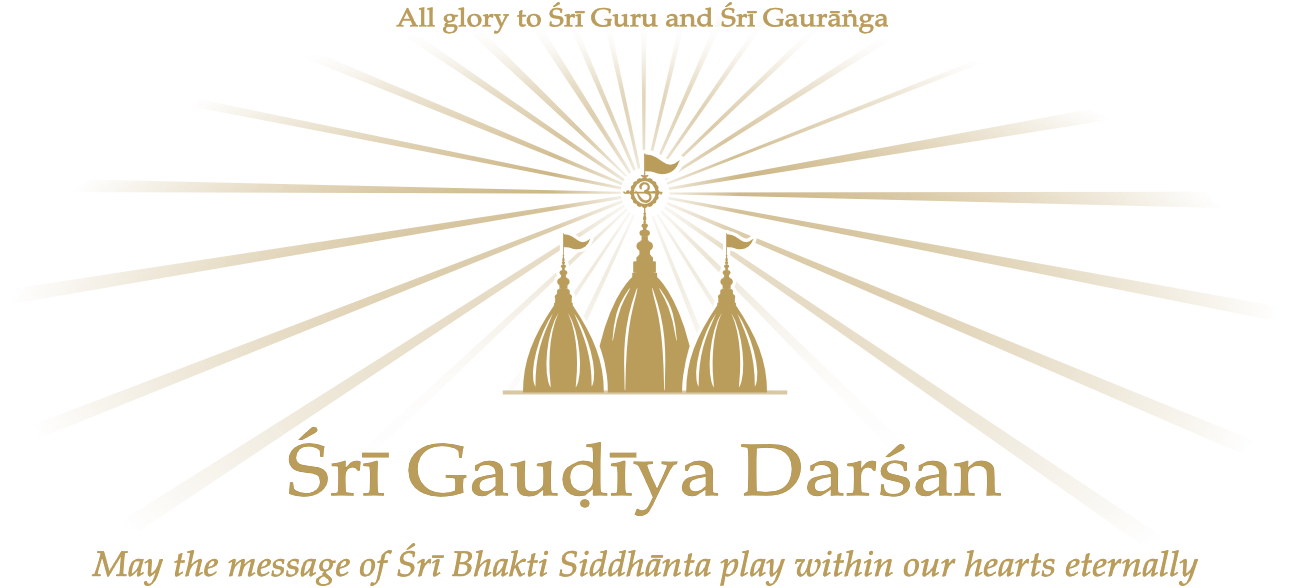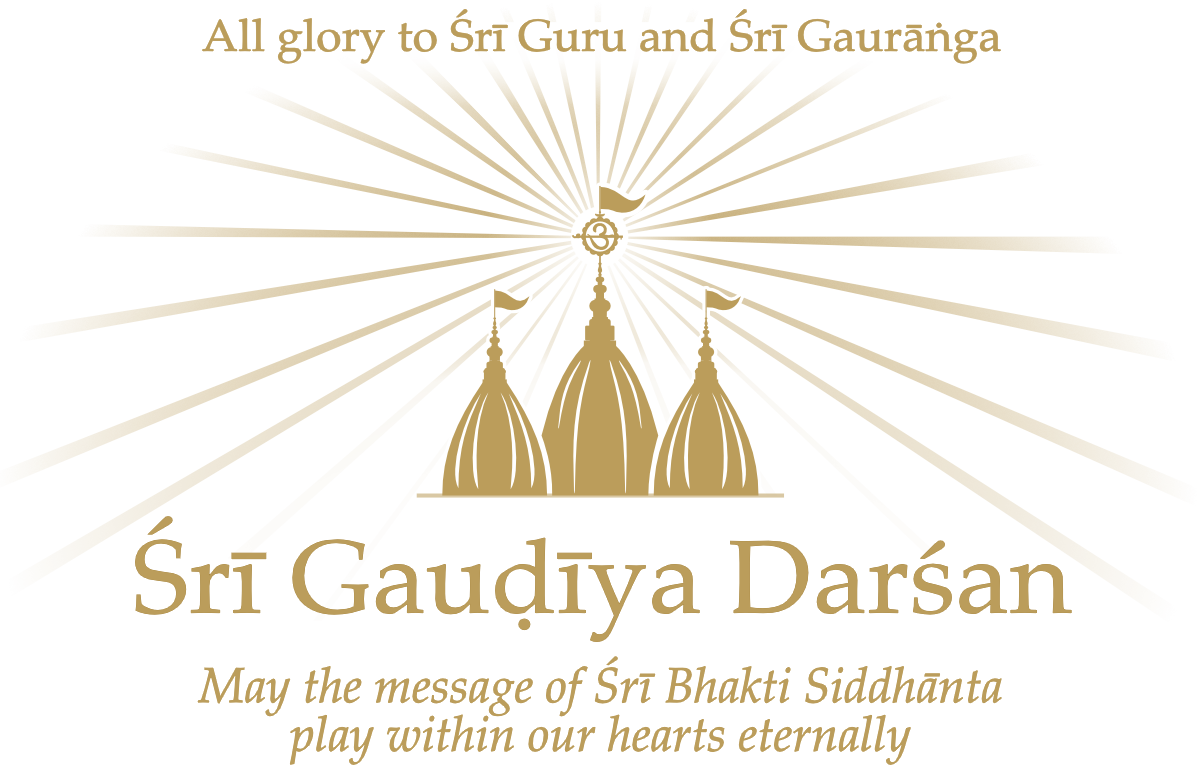Śrīla Bhakti Rakṣak Śrīdhar Dev-Goswāmī Mahārāj explains how we should be progressive in our understanding of the Deity.
In Manipur some one hundred years ago, there were Vaiṣṇavites who were disciples of Śrīla Narottam Ṭhākur. The king was as well. A general named Mr Tikendrajit wanted to overthrow the influence of the British there, and he used the compound of the Rādhā‑Govinda Temple for his war materials. Somehow, the British military picked up the scent, and a captain or some military officer was sent to find out the truth behind the rumour. The king did not allow him to enter the Temple compound because he was a mlechchha, but he entered forcibly. General Tikendrajit murdered him at once. Then, a military force was sent to capture the whole state, and a special instruction was given that the Temple compound be demolished because it had been utilised for a political purpose. And so it was demolished. By the force of cannon fire, the whole Temple and the Deities inside it also were smashed and destroyed.
Our Guru Mahārāj explained this. How could it be? People say the Deities there were worshipped by the disciples of Śrīla Narottam Ṭhākur. Did the Deities not have the power to protect Themselves? Did Kṛṣṇa not have the power to protect HImself? Were the Deities just idols, dolls? What is this? Prabhupād explained that without the will of Kṛṣṇa, nothing can be done. Nothing, not even the straw, can move without the will of Kṛṣṇa. So, has such a great disaster occurred by the will of Kṛṣṇa? Was it the will of Kṛṣṇa that His worshippable figure be demolished by the shot of a cannon? Prabhupād said yes. And why? He explained that we say in general that the spiritual truth comes down in the form of the Deity to this mundane world and our plane of experience to help us, but that form is not the same as wholesale spiritual existence. So, to do away with our wrong conception that Kṛṣṇa is what we see here to be the Deity, to demolish that wrong idea, this was done by Kṛṣṇa’s will. Do you follow?
archye viṣṇau śilā-dhīr guruṣu nara-matir vaiṣṇave jāti-buddhir
viṣṇor vā vaiṣṇavānāṁ kali-mala-mathane pāda-tīrthe ’mbu-buddhiḥ
śrī-viṣṇor-nāmni-mantre sakala-kaluṣa-he śabda-sāmānya-buddhir
viṣṇau sarveśvareśe tad-itara-sama-dhīr yasya vā nārakī saḥ
(Padma-purāṇa)
We really are pilgrims on the way to hell if we know only superficial things, if we think that what we see as stone is really Kṛṣṇa, if we think Kṛṣṇa is limited there. To do away with such misconception, Kṛṣṇa takes such a bold step. He is saying, “I am not this sense‑conceived, eye‑conceived, piece of stone. I am something more.” So, what was given by Him to elevate you from the lowest position to a somewhat higher one is demolished by Him to give you an even higher position.
Consider the national flag. It represents the honour of the nation. If the flag is captured by the enemy party and trodden under foot, then of course the nation’s honour is demolished, but still we have to think that the nation is still there. The honour of freedom is related to that flag, but even if the flag is torn to pieces, bruised under foot, or burned to ashes, the prospect of future independence is still there. Again some one may come and conquer the enemy. So, only a partial relation is there between freedom and the flag. The honour of freedom for a country is identified with the national flag, but still it is not that the national flag represents the whole of the country’s freedom. Similarly, the Deity is necessary, but with that you must try to go further. That is, a symbol is given to you, and you are encouraged to see that as He Himself and not otherwise, but He Himself is not what you conceive through your senses. You have to differentiate between them. So, progress always means elimination and acceptance. And here Śrīla Bhakti Vinod Ṭhākur says, “We must be free. We must always be unprejudiced to accept truth. This is expected for us to understand the revealed truth.”
Source
Spoken 30 March 1983
References
archye viṣṇau śilā-dhīr guruṣu nara-matir vaiṣṇave jāti-buddhir
viṣṇor vā vaiṣṇavānāṁ kali-mala-mathane pāda-tīrthe ’mbu-buddhiḥ
śrī-viṣṇor-nāmni-mantre sakala-kaluṣa-he śabda-sāmānya-buddhir
viṣṇau sarveśvareśe tad-itara-sama-dhīr yasya vā nārakī saḥ
(Padma-purāṇa)
“Those who consider the Deity of Viṣṇu to be stone, Śrī Guru to be a man, a Vaiṣṇava to be a member of a particular caste, the wash from the feet of Viṣṇu or the Vaiṣṇava, which destroys the contamination of Kali, to be water, the Name of Viṣṇu and mantras for worshipping Him, which destroy all contamination, to be ordinary words, or Viṣṇu the Lord of all lords to be equal to others are destined for hell.”



Leave a Reply